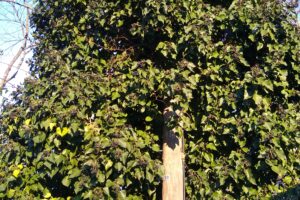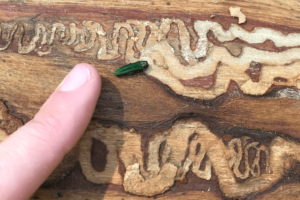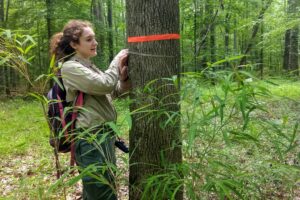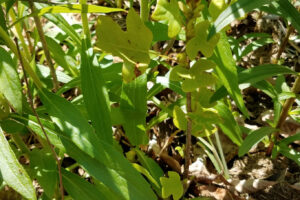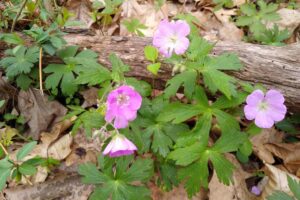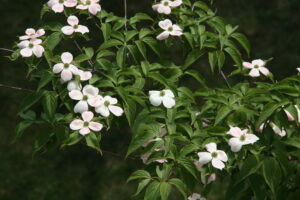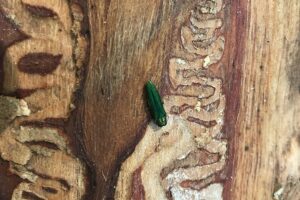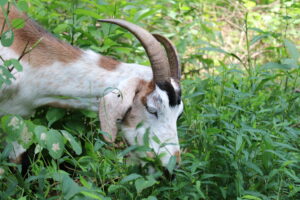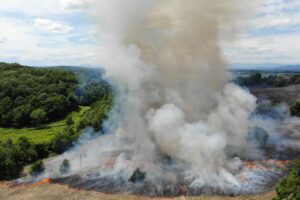Field Notes: January’s Least Wanted – English Ivy
January 19, 2021 - By Ellen Powell, DOF Conservation Education Coordinator A brand new year brings a brand new feature to Field Notes! Each month, one of our posts will introduce one of Virginia’s “least wanted” – an invasive species that’s easy to spot at that time of year. It might be a plant, an insect, or a disease that’s impacting our state’s natural communities. We hope you’ll keep an eye out for the... Read More

